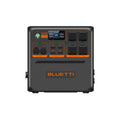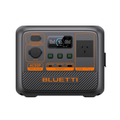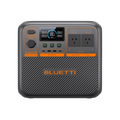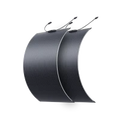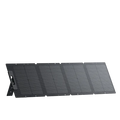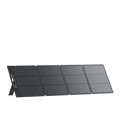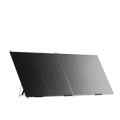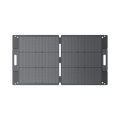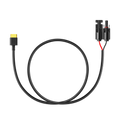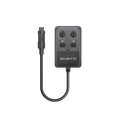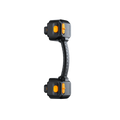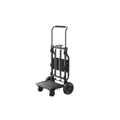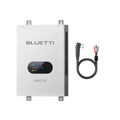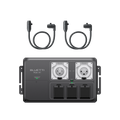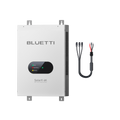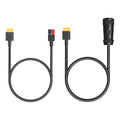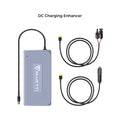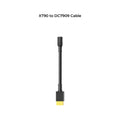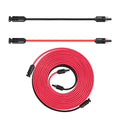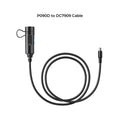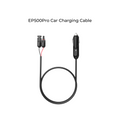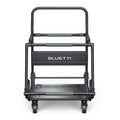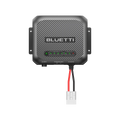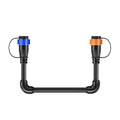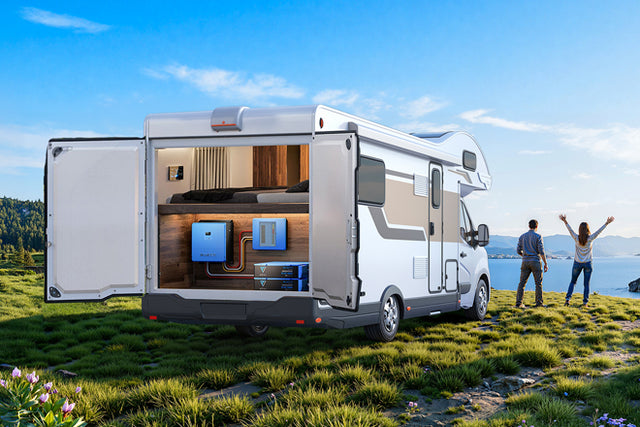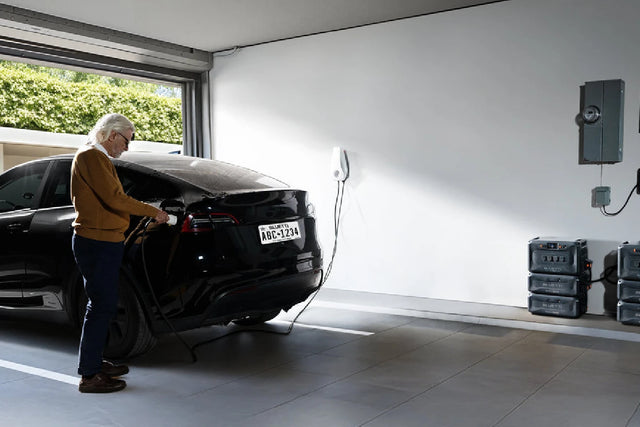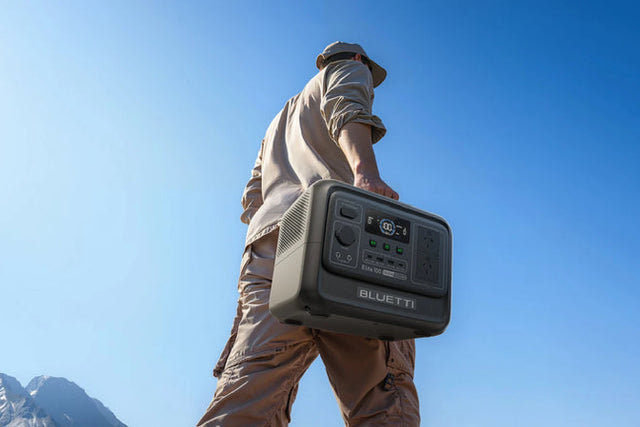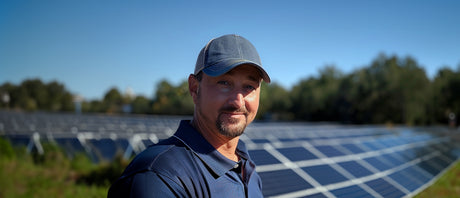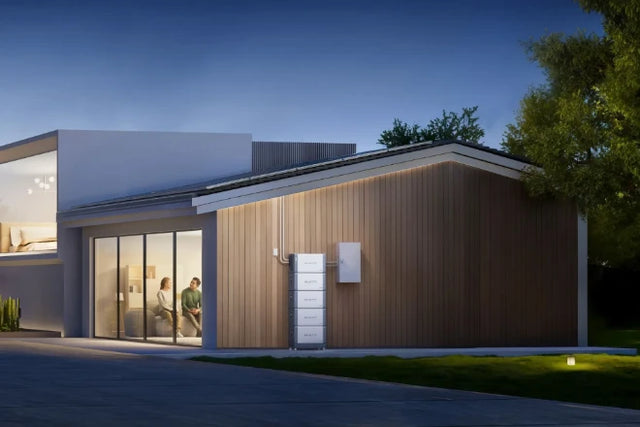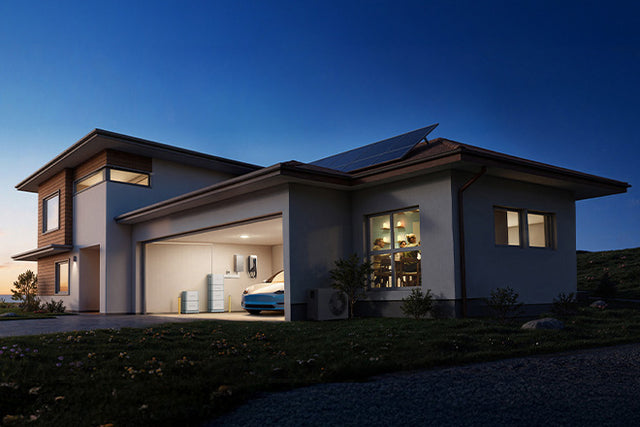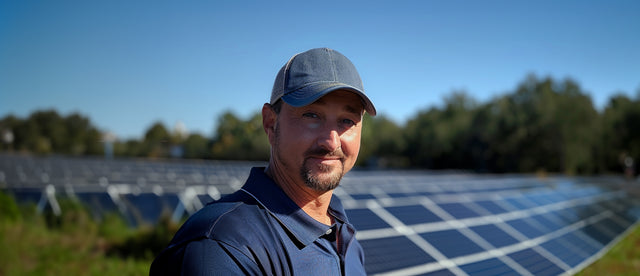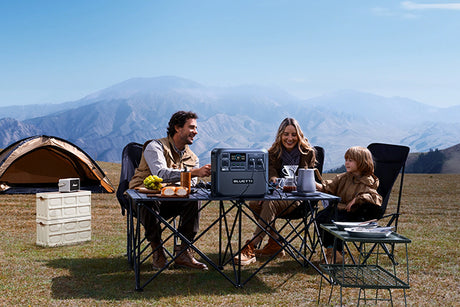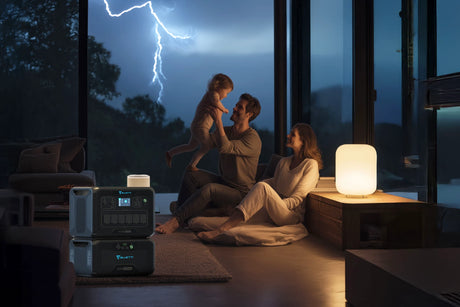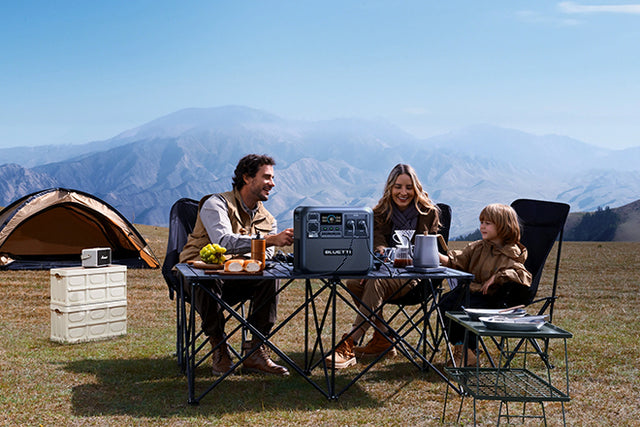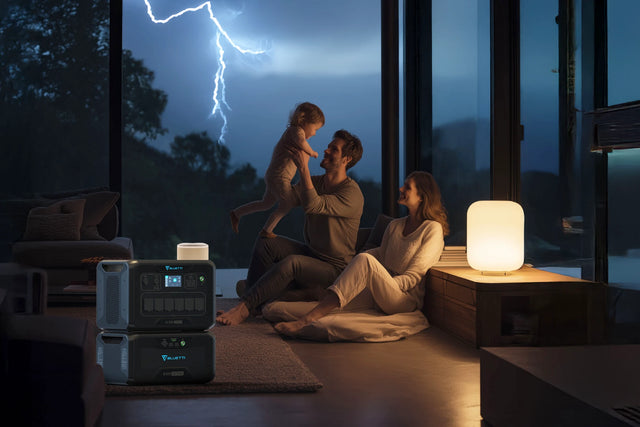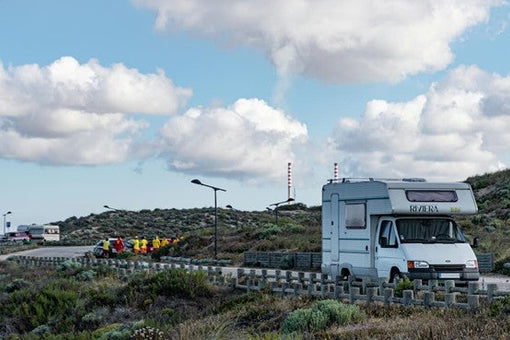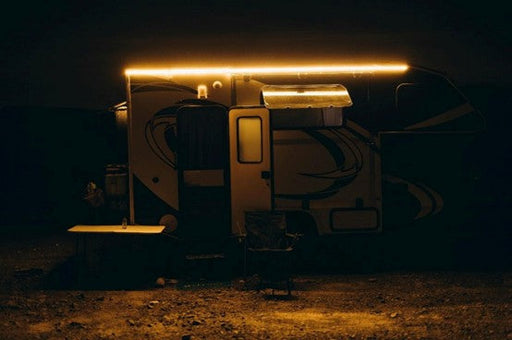Have you thought about the amount it costs to run the lights at your home? Do your electricity bills leave you puzzled about your expenses? Knowing how much power you use at home and how to work out its expenses can help you with your daily budgeting. By understanding how electricity utilisation is estimated and charged, you can make great decisions to save money and energy.
Continue reading to figure out your expenses easily and learn about some incredible ways to reduce excessive electricity consumption.
Calculate Electricity Cost From Watts
Before we directly jump into the calculation part, you need to have a basic understanding of your electricity usage. After all, calculating your bills isn’t as difficult as it seems if you have all the knowledge you need.
- Know Your Appliance: Begin by seeing how much power your electronics need.
- Check Daily Usage: See how long you use your appliances day to day like your toaster oven, television, clothes washer, and so on.
- Calculate the Basic Power: Multiply the power of your appliance by the number of hours you use it to know the total power used per day.
- Change to Smaller Units: Divide your daily power usage by 1000. This gives you power usage in smaller units called kilowatt-hours.
- Monthly Check: Estimate your monthly consumption by multiplying your daily kilowatt-hours by 30.
Steps to Calculate Energy Cost

- Check the sticker on your appliance or check its manual to find out how many watts (W) it uses.
- Multiply this wattage by how long you use the appliance each day. Then, divide by 1000. Let’s say your appliance consumes 100 watts, and you use it for 3 hours, it would be (100W x 3 hours) / 1000 = 0.3 kWh.
- Check your electricity bill and see how much you're charged per kilowatt-hour (kWh). This will help you calculate each day's consumption.
Let’s understand by example!
Suppose your toaster uses 800 watts, and you use it for 1 hour a day. This is how you can calculate:
- Wattage of the toaster: 800 watts
- Usage per day: 1 hour
Finding the energy consumption in kilowatt-hours
kWh = Wattage×Usage (in hours)/1000, so,
kWh = 800 watts×1 hour/1000=0.8kWh
To know the daily cost, we multiply the kWh usage by the electricity rate:
Daily Cost = kWh×Electricity Rate
If the electricity rate is $0.12 per kWh, we have:
Daily Cost = 0.8 kWh×$0.12/kWh = $0.096
(Approximately $0.10)
Multiply the daily cost by the number of days in a month.
Monthly Cost = Daily Cost×30 days, so here,
Monthly Cost = $0.096×30 days = $2.88
So, with a toaster that uses 800 watts and is used for 1 hour per day, it would cost approximately $0.10 per day or roughly $2.88 per month to operate, based on an electricity rate of $0.12 per kWh.
Using Devices For Right Calculation
Don’t feel like calculating your bills on your own? Well, an electricity monitor or metre can help you do that. In fact, it can also help you see how much each appliance costs in actual dollars and cents in real time.
How To Reduce Electricity Bill

Here are a few tips for you that can help you reduce your electricity bills:
Energy-Saving Electronics: Go for appliances that have other power-saving features and the Energy Star label. They consume less power while offering complete functions and help you save utility bills.
Invest in Solar Energy: If you want to make your utility bill zero or just a few bucks, then you should invest in solar power. Installing solar panels can make you free from grid power, and you don’t need to pay an energy provider for utility bills. Just install the solar panels on the roof and enjoy all-day free electricity. You can opt for BLUETTI AC300+B300 to save electricity and run appliances on solar power.
Turning Off Devices: Do not forget to turn off extra lights or fans in the room when not in use. Also, unplug your electronics whenever you are not using them. Alternatively, you can use a plug strip to prevent unnecessary power usage.
Using LED Lights: Nowadays, many companies are manufacturing LED lights. They offer the same light at lower power and thus reduce your metre readings. LED lights are way better than regular fluorescent bulbs since they consume less power and last longer. So, invest in them.
Installing Thermostat: Make sure your home has a thermostat installed properly. This can change your home’s temperature and save energy too. For example, in winter, it will keep the interior warm and in summer, it will make it feel cool. So, in this way, the HVAC system will use less power to maintain the temperature and save on utility bills.
Use Power Checking Devices: Some companies have tools that advise on how much electricity is being used by these individuals; try them out to keep control of the amount of energy you use.
Time-to-time Maintenance: Ensure your appliances work fine with routine maintenance; this simply means that you should clean out filters, coils, and vents, as well as fix any breakdowns.
Are you wondering who the best solar provider in Australia is?
If yes, then BLUETTI can be a great option for you. For example, you can shop for BLUETTI AC70 Portable Power Station for your home. It features 1,000W continuous power and multiple outlets to connect various appliances simultaneously. This is a great device to use in winter, during the rainy season, or during power cuts. You can also use it in summer to save on utility bills.

Using this solar power station, you can enable the Power Lifting Mode in the BLUETTI App to power your energy-intensive devices, such as hair dryers, electric kettles, electric blankets, heaters, etc., in no time.
Appliances That Use More Electricity
Here is a list of some electric appliances that use more electricity than other devices at your home:
- Air conditioners: ACs normally use between 1,000 watts to 5,000 watts per hour. The air conditioner should be set a little higher when it is hot outside to cut down on its electricity consumption. Also, buy an air conditioner that is right for your room size to avoid overworking it.
- Electric room heaters: These can consume 750-1500 W/h, while bigger units or baseboard ones might even go up to 2000W/h. Use heaters sparingly and equip yourself with electric blankets or warm clothing inside the house more often.
- Electric water heaters: Usually need between 3,000 and 4,500 watts per hour. Lower the temperature to 120°F (49°C) and insulate your heater and pipes to keep the heat in.
- Clothes dryer: It can use 1,800 and 5,000 watts per hour. The best way to avoid over-consumption is not to overdry clothes. When it’s sunny outside, hang your garments out on a line.
- Electric stoves and ovens: They take 1,000 to 5,000 watts per hour. Thus, for small tasks, you can go with smaller appliances like covering pots and pans to keep heat in. Moreover, you can save electricity by using slow cookers.
- Electric kettles: These need 1,000 to 1,500 watts per hour while boiling water. Instead of filling the kettle every time, boil only as much as you need. Opt for a stovetop kettle or have an electric kettle with different temperature settings so that it does not overheat water.

Final Thoughts
Managing your electricity usage doesn't just save you money, it also helps the planet. By paying attention to your energy consumption and choosing energy-saving options, you can live comfortably while reducing environmental damage. Whether it's remembering to turn off the lights or using your devices wisely, every small action counts!
FAQs
- How do I calculate my electricity bill?
A: The amount of power each device uses should be multiplied by the hours that you use it. Then, this number must be multiplied by the cost per kilowatt-hour (kWh), which your utility charges for their services. This is how you can calculate the electricity bill for your usage.
- What's a kilowatt-hour (kWh)?
A: The energy a 1,000-watt appliance uses within an hour is known as a kilowatt-hour (kWh).
- What are energy-efficient appliances?
A: Energy-efficient devices are no different from ordinary ones except that they consume less energy. These have Energy Star labels on them, indicating compliance with very strict energy efficiency guidelines.
- Can solar panels help reduce electricity costs?
A: Yes, solar panels help reduce electricity costs as using them, you don’t need to pay monthly utility bills to energy providers. Solar panels convert sunlight to electricity that you can use to run your home appliances for free. Even you may get a rebate from the government for using solar power and promoting eco-friendly energy.
- How can I lower my electricity bill without compromising comfort?
While not in use, switch off lights and unplug electronics. Buy Energy Star labelled tools, and avoid too much heating and cooling system usage.


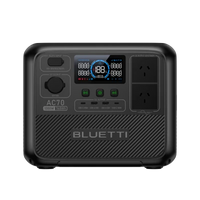
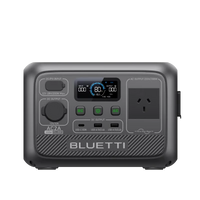
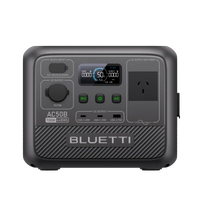

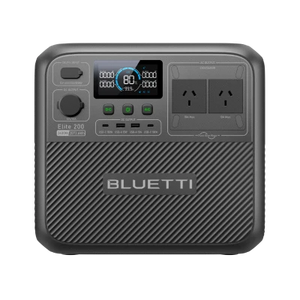
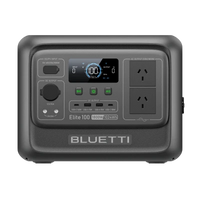
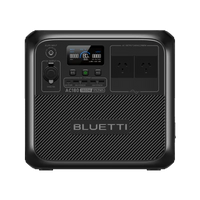
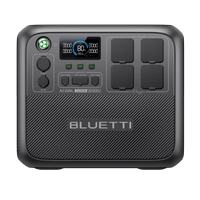
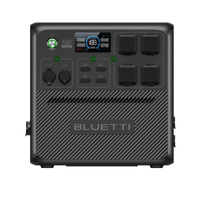
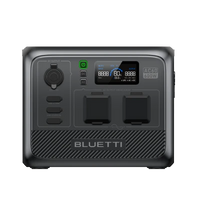
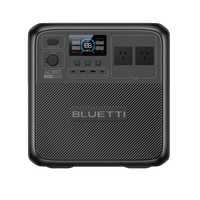


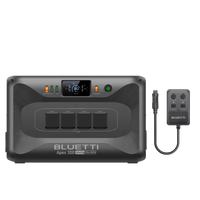

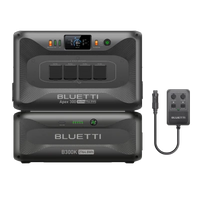
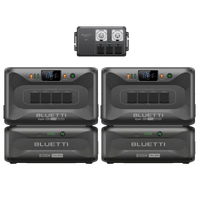
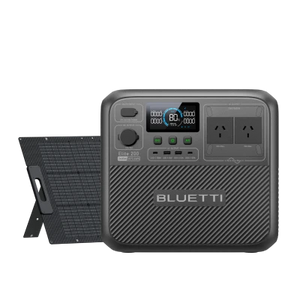
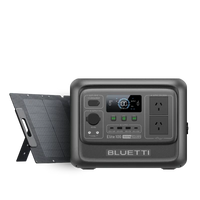
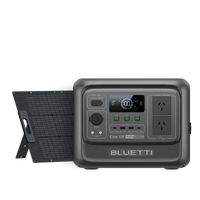
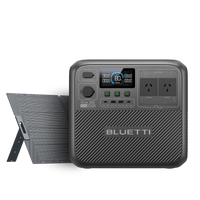
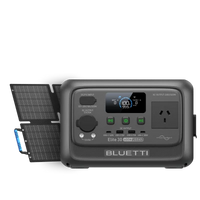
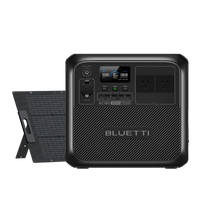
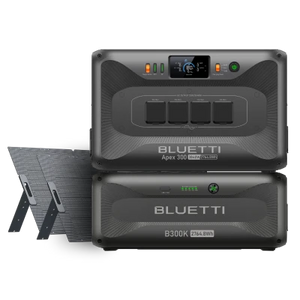
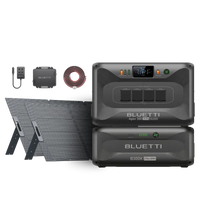
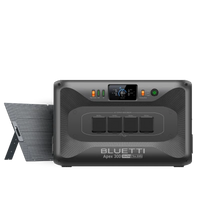
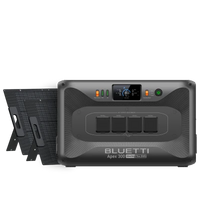
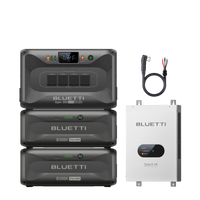

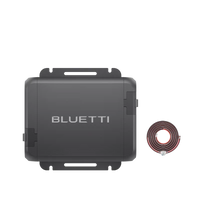
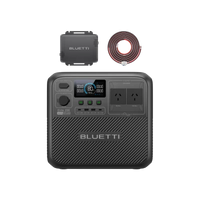
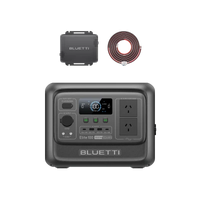
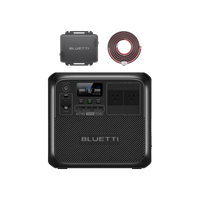
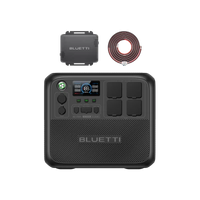
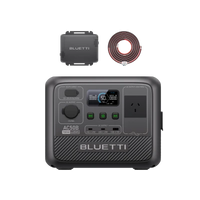
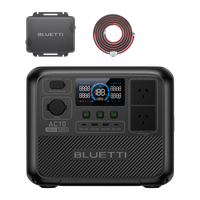


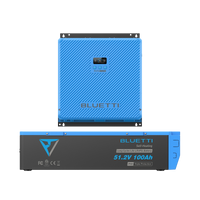
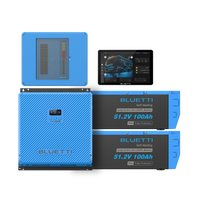
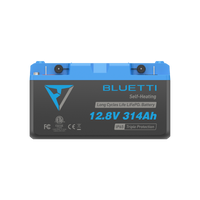
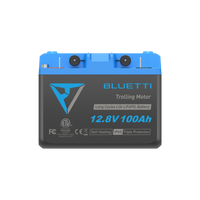
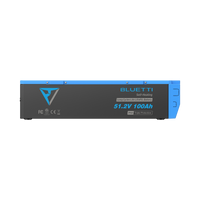
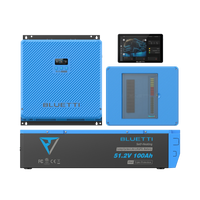
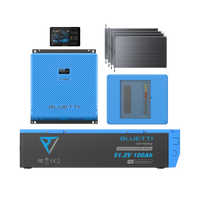
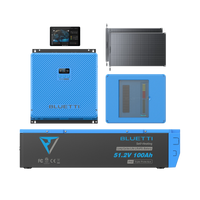
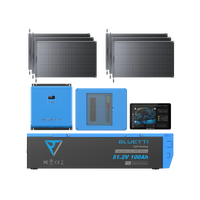




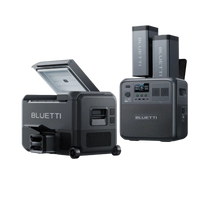
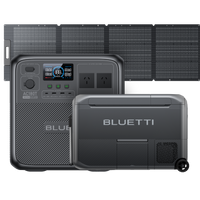
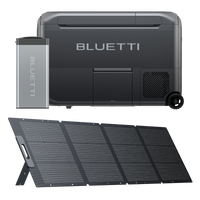
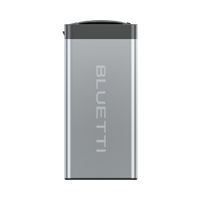
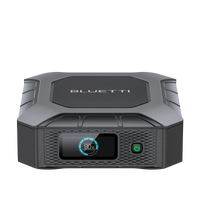
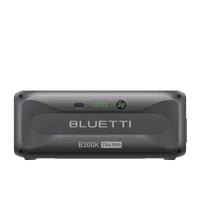

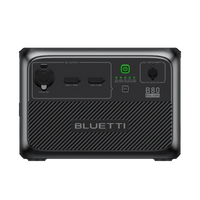
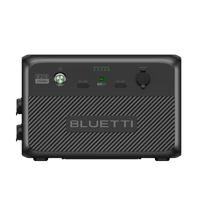

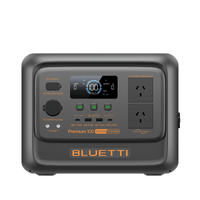
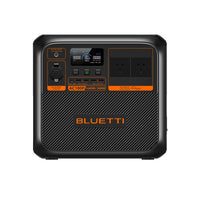

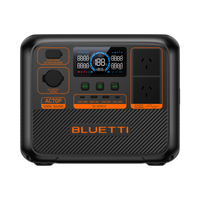
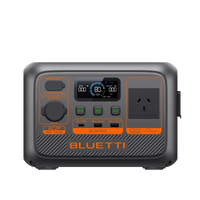
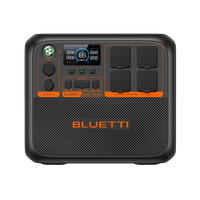
![[Phased Out] BLUETTI B80P Expansion Battery | 806Wh](http://www.bluettipower.com.au/cdn/shop/files/202310025B80P_2000-2000px_4_4caa0c1c-4dab-4272-9e9b-2b7507e5bd81.jpg?v=1713777870&width=200)
![[Phased Out] BLUETTI B210P Expansion Battery | 2,150Wh](http://www.bluettipower.com.au/cdn/shop/files/2_08cf9ef3-03a4-4489-b641-d3edb8094896.webp?v=1716016566&width=200)
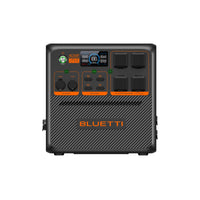
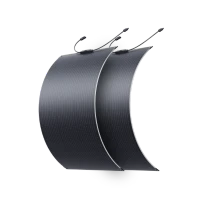
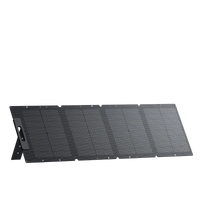
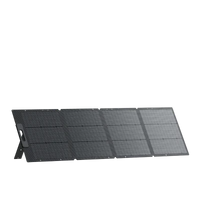
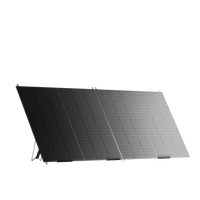

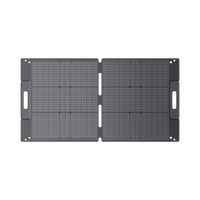

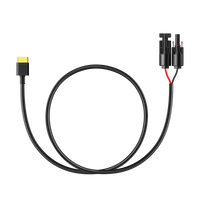
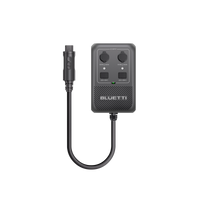
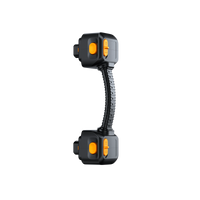
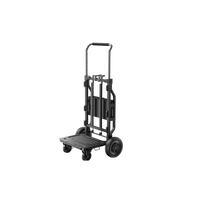
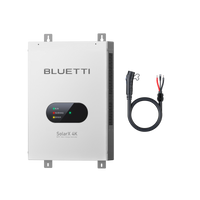
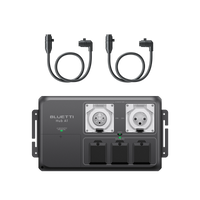
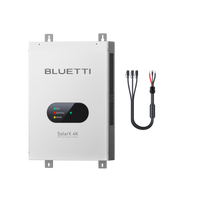
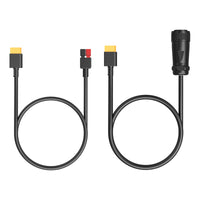
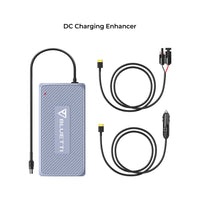
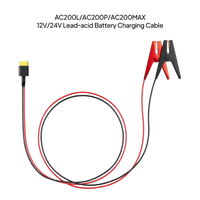
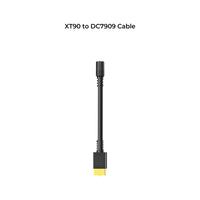
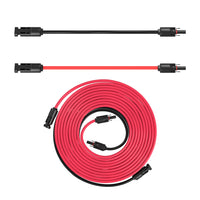
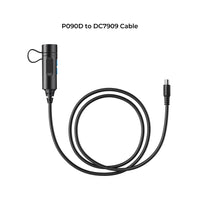
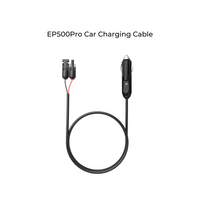
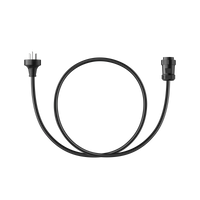
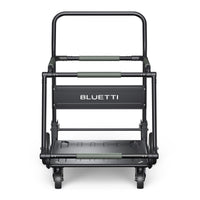
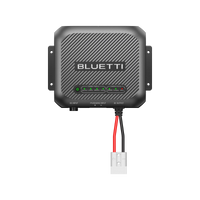
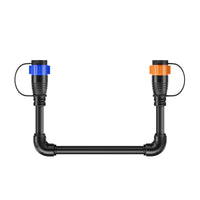



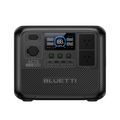
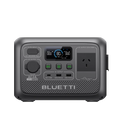
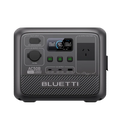


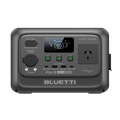
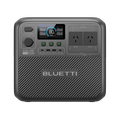
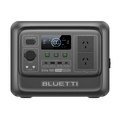
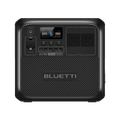
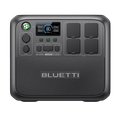
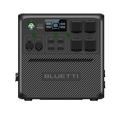
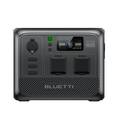
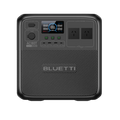


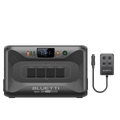

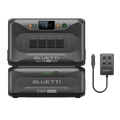
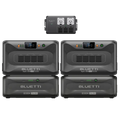




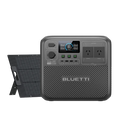
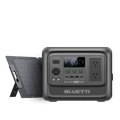
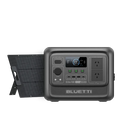
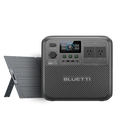
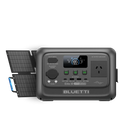
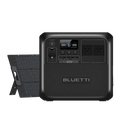
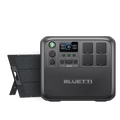
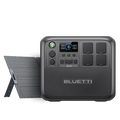




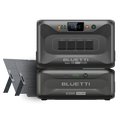
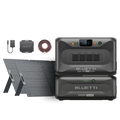
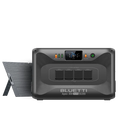
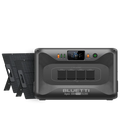
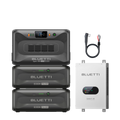

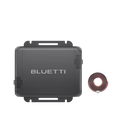
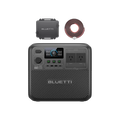
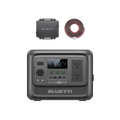
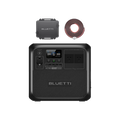
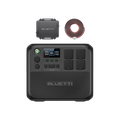
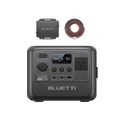
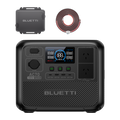
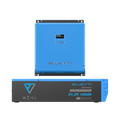
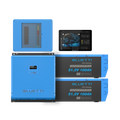
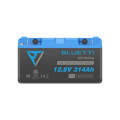
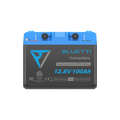

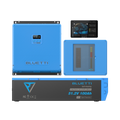


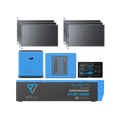





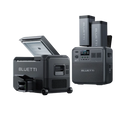
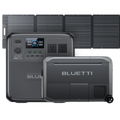
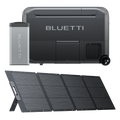
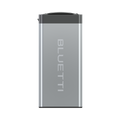
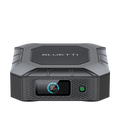
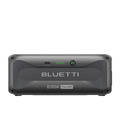

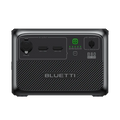
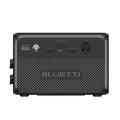


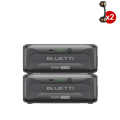
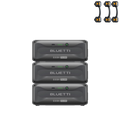




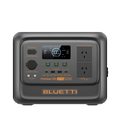
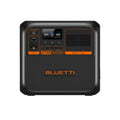

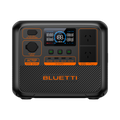
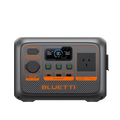
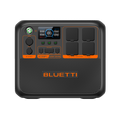
![[Phased Out] BLUETTI B80P Expansion Battery | 806Wh](http://www.bluettipower.com.au/cdn/shop/files/202310025B80P_2000-2000px_4_4caa0c1c-4dab-4272-9e9b-2b7507e5bd81.jpg?v=1713777870&width=120)
![[Phased Out] BLUETTI B210P Expansion Battery | 2,150Wh](http://www.bluettipower.com.au/cdn/shop/files/2_08cf9ef3-03a4-4489-b641-d3edb8094896.webp?v=1716016566&width=120)
